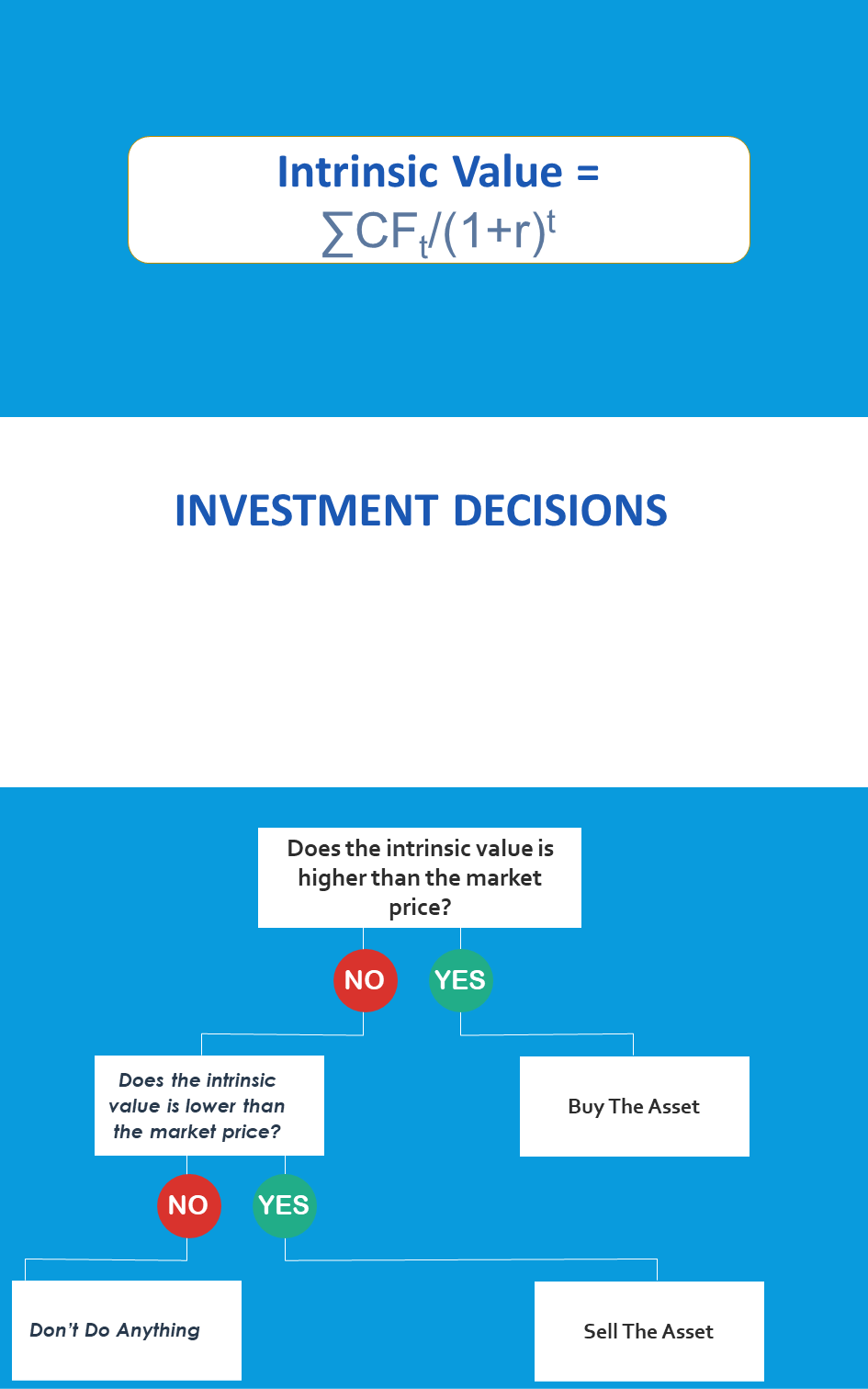The Intrinsic Value of an Asset - All the Things you Must Know
MediaIn finance and valuation theory, the intrinsic value of an asset is defined as the price a rational investor is willing to pay for the asset, given the level of risk the investment has.
Read on to learn all about it!
What is the Intrinsic Value of an Asset?
In finance and valuation theory, the intrinsic value of an asset is defined as the price a rational investor is willing to pay for the asset, given the level of risk the investment has. In other words, the intrinsic value of the investment or the asset equals the net present value of all future cash flows the asset is expected to yield. One valuation method used for calculating the intrinsic value is the Discounted Cash Flow method (DCF).
How to calculate the intrinsic value?
The intrinsic value of the asset is calculated in three steps.

Step 1. Estimate the expected cash flows the asset is expected to yield in the future years. To calculate the expected cash flow, one uses the company's current cash flow and estimates the company's future growth.
One must remember to consider the stage in the company's life cycle - whether the company is growing or in the stable stage of its life cycle.
Step 2. Calculation of discount rate. The discount rate is the interest rate appropriate to the company's risk and is calculated using the weighted average cost of capital model (WACC).
Step 3. Detrmine the Interstic value. To calculate the intrinsic value, one has to capitalize the projected cash flows, which we found in the first stage at the corresponding discount rate, in the second stage. The scheme of all capitalized cash flows is defined as the intrinsic value of the asset.
The Formula for the Intrinsic Value
The formula for the intrinsic value is:
∑CFt/(1+r)t
Where:
CFt is the cash flow an asset is expected to yield in year t
r is the discount rate
Example of Calculating the Intrinsic Value
Suppose a company will yield two expected cash flows - 10 dollars at the end of the first year and 20 dollars at the end of the second year. Given a discount rate of 15%, the intrinsic value equals 23.82 dollars:
(10/1.15 + 20/1.152).
The use of the intrinsic value
The intrinsic value is used for investment decisions. An investor can compare the asset price in the market, such as the share price in the capital market, with the intrinsic value.
If the intrinsic value is higher than the price of the property in the market, the investor should purchase the property, expecting that the price of the asset in the market will rise, and he will profit.
If the asset's intrinsic value is lower than the market price, the investor should sell the asset with the expectation that its price will drop.
InfInfographics: Intrinsic Value of an Asset

Free Valuation tool for Calculating the Intrinsic Value
Looking for a free online valuation tool that can perform these complex calculations with ease? At Equitest, we’ve developed company valuation software that has deluxe UX and extensive valuation capabilities.
you can register for free here!
Related items
Media
(To unmute the video clip, click the video)


